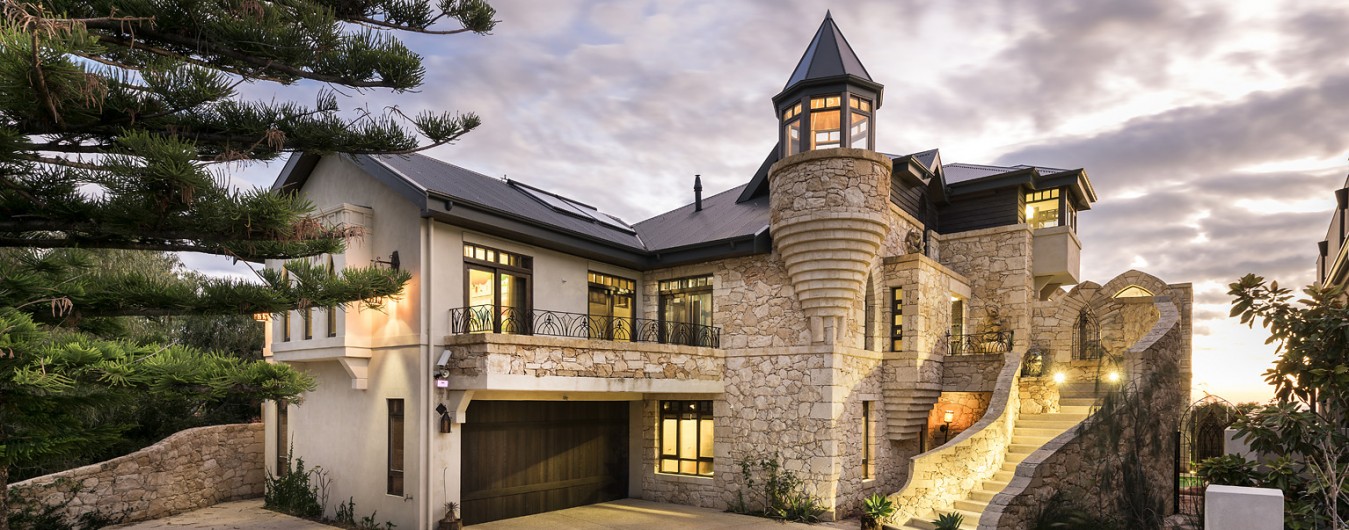Top Architect Says Building Practices Must Change to Cope with Changing Weather Patterns & Disasters
2 November 2009
Jacinta Goerke
Journalist
ONE of Australia’s leading environmental architects today said rapid change was required in the way we build and renovate properties and prepare for disasters.
The director of Wise Earth Pty Ltd and Order of Australia recipient Mr Garry Baverstock said the increase in reported property damage due to bad weather reaffirms the need to change the way we build structures and prepare for catastrophes.
“The west coast of Australia has been hit by ongoing severe storms this winter while fires, droughts, floods and dust storms have affected central and eastern Australia not to mention the tsunami that devastated some Pacific Island nations recently,” said Mr Baverstock.
“Most houses and buildings in Australia will not withstand ongoing storms, extreme cyclones, heavy rain, hail, fires, floods, earthquakes, tsunamis and tornados.
“With climate change now in action we need to implement adaptive practices which means changing the way we live and fast!” said Mr Baverstock.
Mr Baverstock said many new houses and commercial buildings did not comply with sustainability principles and people should feel short-changed if problems occurred in their homes within ten years.
“The tie-down on roofing needs to be more solid, windows need to be stronger and homes should be designed to complement the surrounding environment,” he said.
“Houses should be built to last at least three generations and the integration of climate sensible principles, passive solar design, natural vegetation and waterways is vital,” he said.
He said investing extra money up front to construct a durable home or other building is cheaper to maintain in the long run and won’t fly away in a storm.
Mr Baverstock said the federal government had introduced a uniform building code for all states and territories but it failed to include comprehensive sustainable best practice benchmarks.
“The legislation that guides building practices in this country needs to be reviewed and amended to comply with the impact of changing weather patterns and sustainability principles,” he said.
“I’m aghast that developers can still carve up land without taking into account the northern orientation of each lot, rising sea levels and necessary waterway and vegetation corridors.
“While the government has made initial changes we have a long way to go before our homes and buildings will be able to sustain battering caused by harsh weather,” he said.
Mr Baverstock said people keen to live in durable homes should tell their architects, drafts people, builders and local councils to adopt sustainable building policies and designs.
He said at least 80 per cent of people in Australia lived along coastal strips and this made them more vulnerable to the impacts of climate change.
“If enough people place pressure on builders and local councils then building codes will change,” said Mr Baverstock.
Image-
Name: Tsunami 2009 Pago Pago
Source: http://en.wikipedia.org/wiki/File:Tsunami_2009_Pago_Pago.jpg
Author: Lorn Cramer
Licensing: Creative Commons Attribution-Share Alike 2.0 Generic










